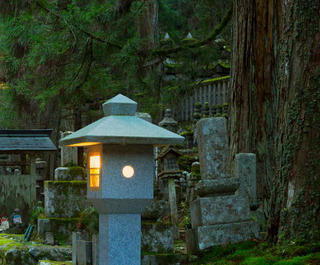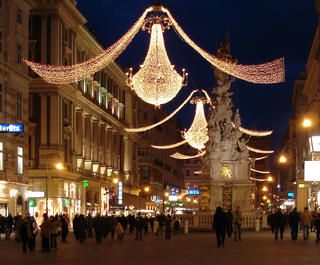
The tale of Tenochtitlan is well known – founded in 1325, it rose to be the capital of the Aztec empire and the largest city in the pre-Columbian world. It was captured by the Spanish in 1521, after which Cortés directed the systematic destruction and levelling of the city. However he didn’t quite destroy the city – ruins have been excavated and can now be seen in the heart of modern day Mexico City, creating one of the country’s most visited tourist attractions and one of the strongest testaments to the importance of the Aztec empire.
The Great Pyramid
The key feature of the city was the Great Pyramid, built by the great Montecuzoma I (also known as Montezuma) in 1466 and not completed for some 40 years after. The imposing structure stands some 65 metres high and is split down the front by two staircases and, in more macabre fashion, a gutter for blood to flow into after sacrificial ceremonies. The slopes of the pyramid are steep; the top of the pyramid cannot be seen from the staircase, in a deliberate design to make the Gods rise as far above the people as possible.
Gods and sacrifice
The Great Pyramid is the temporal and spiritual heart of the Aztec empire, and the ceremonial precinct of the city – a key feature at the summit is a sacrificial altar, where people were sacrificed to the two Gods worshipped from the temple, Tlaloc and Huitzilopochtli. The two gods have twin temples built for and dedicated to them, one on either side of the altar – Tlaloc, to the left, was worshipped for his ability to bring a good rain season and abundant harvest; Huitzilopochtli, to the right, was the deity of war and sacrifice, and the patron god of Tenochtitlan.
A must-do in Mexico
The Great Pyramid is without a doubt the highlight of any visit to the ruins of Tenochtitlan, however there is much more worth seeing as well – a visit to the onsite museum is a must, for exceptional displays on both the city and Aztec culture, and the grand Templo Mayo should not be missed. The site is right next to the Zócalo subway station and on the route of many local buses.










